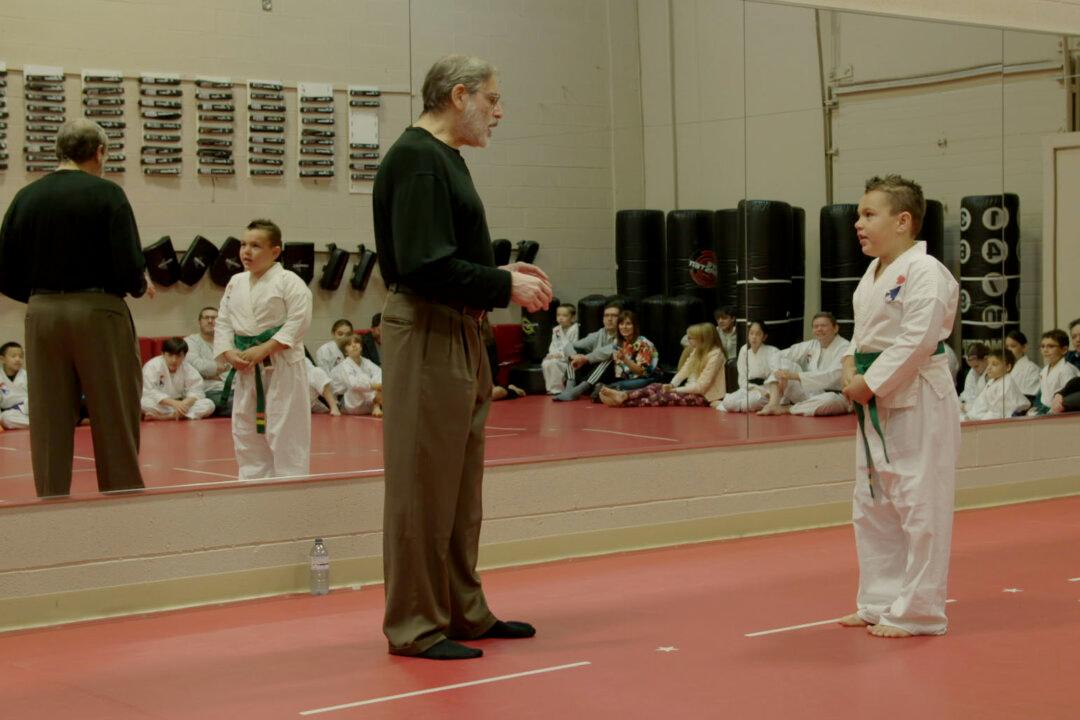From the time Michigan teen Isaac was seven years old he was the frequent target of bullies. It was mostly the name-calling, singled-out-in-a-crowd type of bullying that didn’t hurt physically but left him with the same sickening fear in his gut every morning on the way to school.
The hardest part was not knowing what kind of humiliation would be in store that day—he always had to be on red alert.
After years of unsuccessful attempts to stop the harassment, Isaac’s mom Michelle (last names of both interviewees omitted to protect their identity) started to question her son: Why was he being bullied? Was there something that he was doing that attracted bullies? Why was it so consistent no matter how many different schools he went to?
“Someone can’t always be mean to you everywhere you go,” she told Isaac one day. “We need to get you skilled so you know how to deal with people, other kids.”
As luck would have it, Michelle attended a talk by psychologist and anti-bullying expert Israel (Izzy) Kalman at her women’s group soon after. She hired him on the spot.





